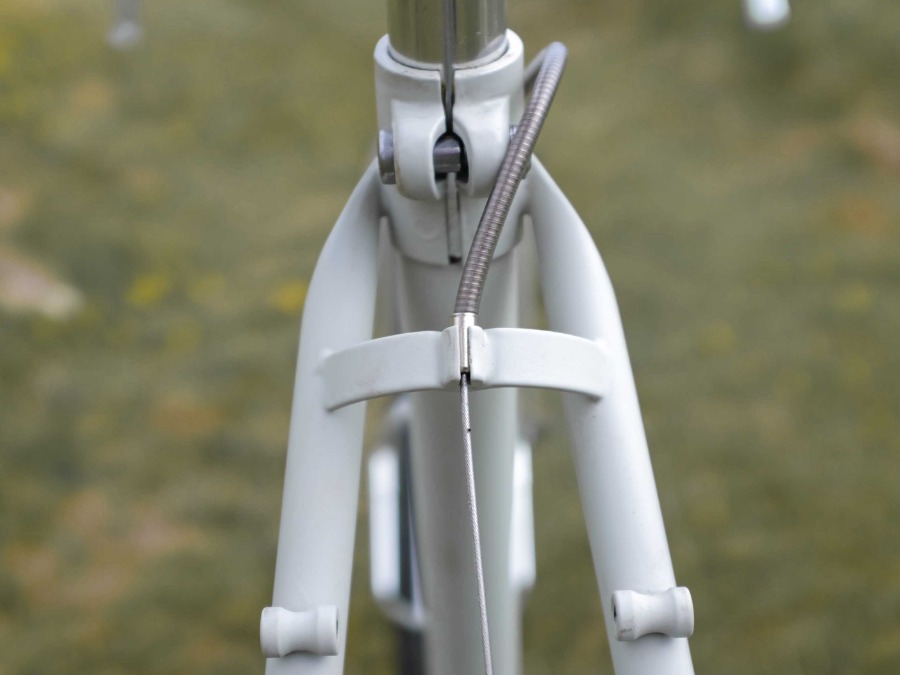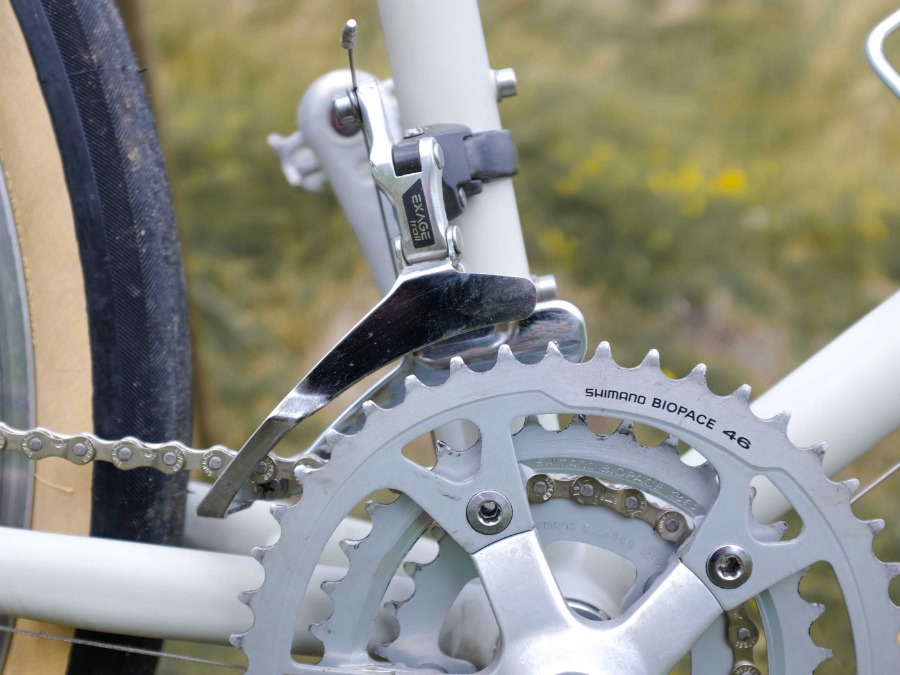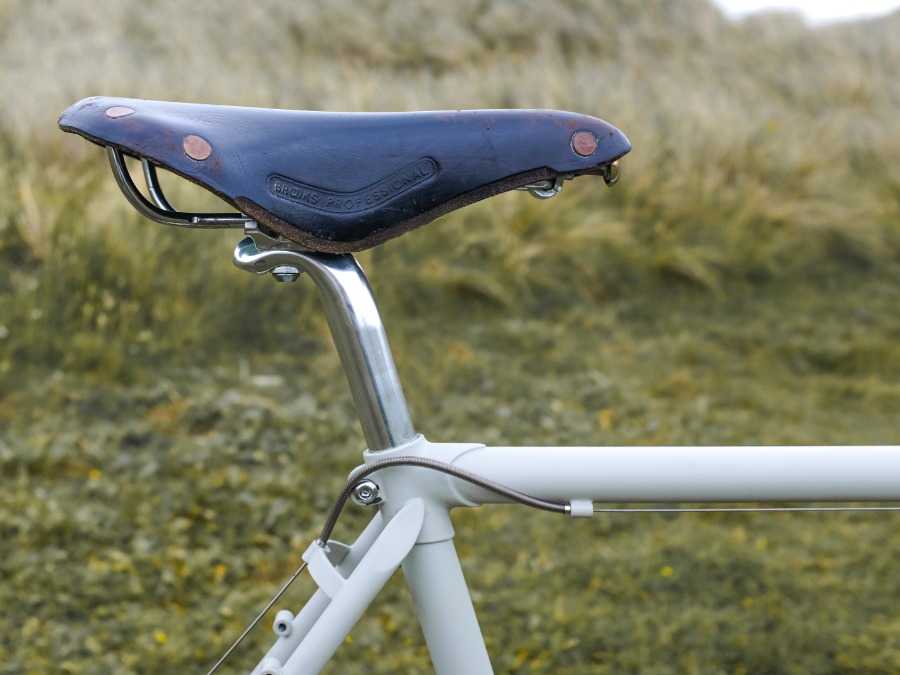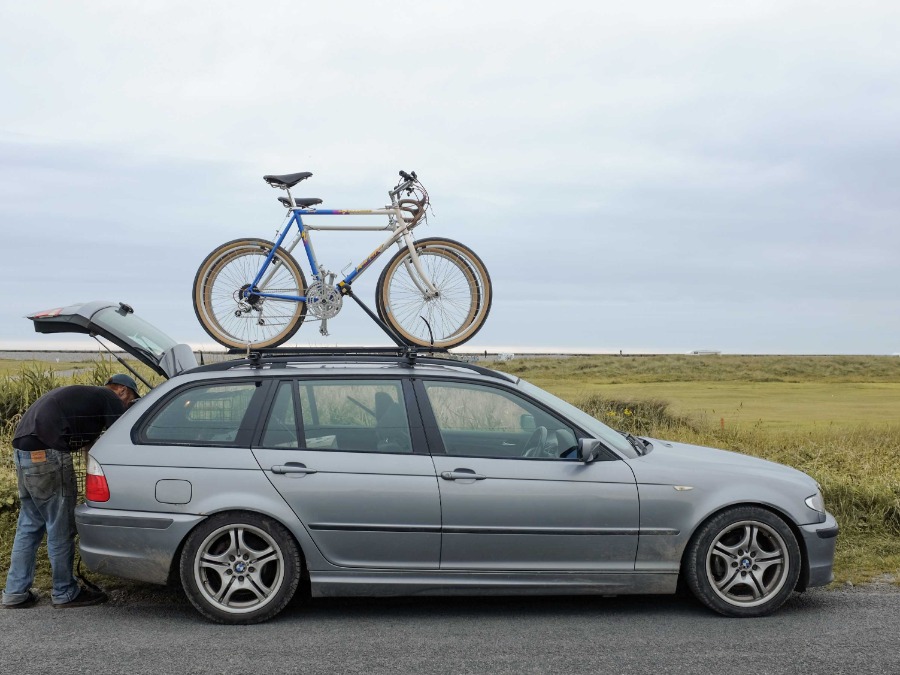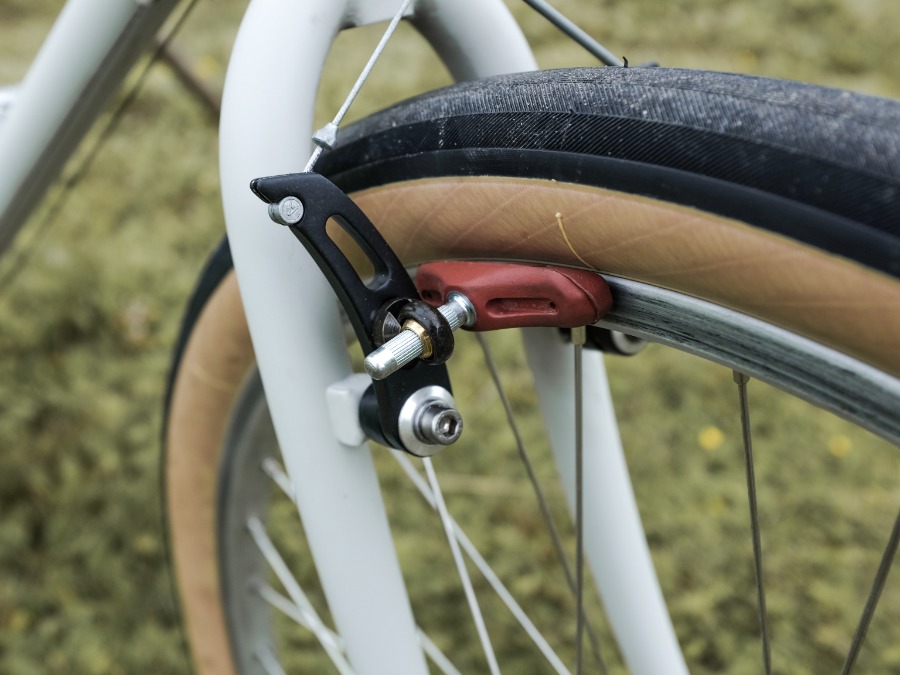For most of the twentieth century, and certainly through the golden age of lightweights in the postwar years and into the 1960s, cycles were designed to be and to do a number of things. They were, for many people, a primary mode of transport, and therefore needed to be reliable, and comfortable, and capable of carrying some possessions, and comfortable to be ridden in ordinary clothes with mitts and trouser clips the only additions. They would also be ridden on weekends for sport or for leisure, on roads or green lanes, and so needed to be responsive enough to keep up with the spirited riding of club mates, and tough enough to handle the knocks and bumps and scrapes of off-roading. These weren’t specialist all-purpose machines. These were just bicycles.

In the latter part of the 20th century, as GDPs rose in the industrialised world, money flooded into sport and sports science, and consequently into sports technology and design. Disposable incomes rose alongside the growth of national economies, and marketing departments got a hold of the idea that the more specialised you made your products, and the more you could build redundancy into design, the more units you could sell to your customers. And so the cycling industry changed, from selling lightweight, capable, durable multi-purpose machines (which stood every chance of outliving their owners), to selling an ever-wider variety of machines for an ever-more-precisely-defined array of purposes, with breakable or non-serviceable parts, with built in redundancies and frequently updated components. Between 1940 and the late 1980s, for example, drivetrains went from 5 speed to 6 speed, and not much else changed. Between then and the present, they went from 6 speed to 12 speed, and we’ve seen the advent of indexed shifting, hydraulic braking, disc braking, clipless pedals, suspended forks and frames, tubeless tyres, dropper posts...and alongside those the invention first of ‘Mountain biking’ and then the subsequent subdivisions into ‘downhill’, ‘cross-country’, ‘enduro’, ‘trail-riding’, ‘gravel’, ‘all-road’ and so on - with specific bikes designed and marketed for each category.
It is of course true that this explosion of design and technologies has allowed us to ride in ways that were never possible before: more of the world has become cyclable as a consequence, and there are far more ways to have fun on a bike. But it is also true that our patterns of consumption are fundamentally different now, and that we are a different type of consumer, with more voracious appetites and shorter attention spans.

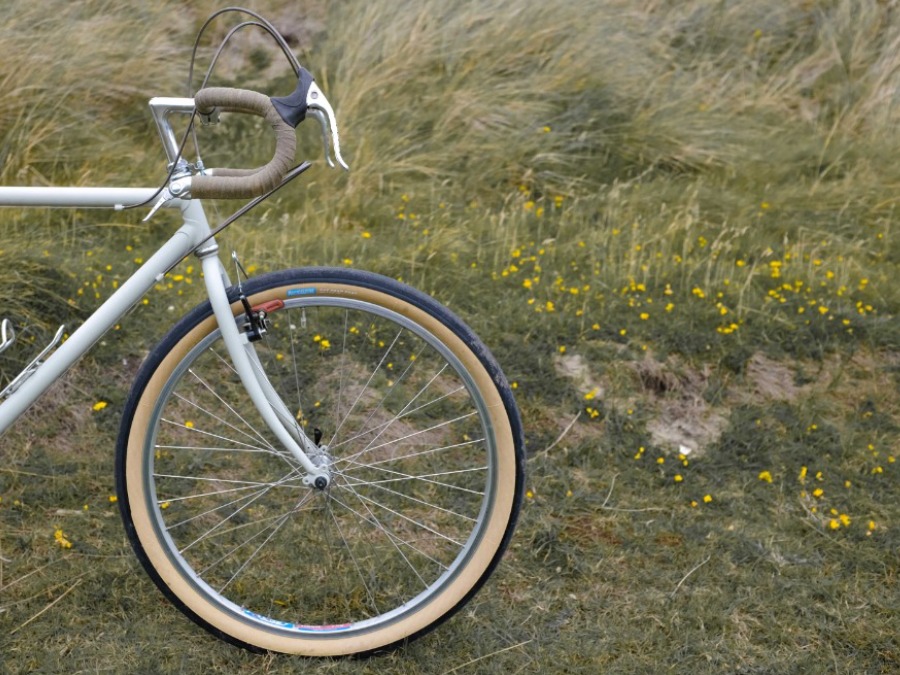
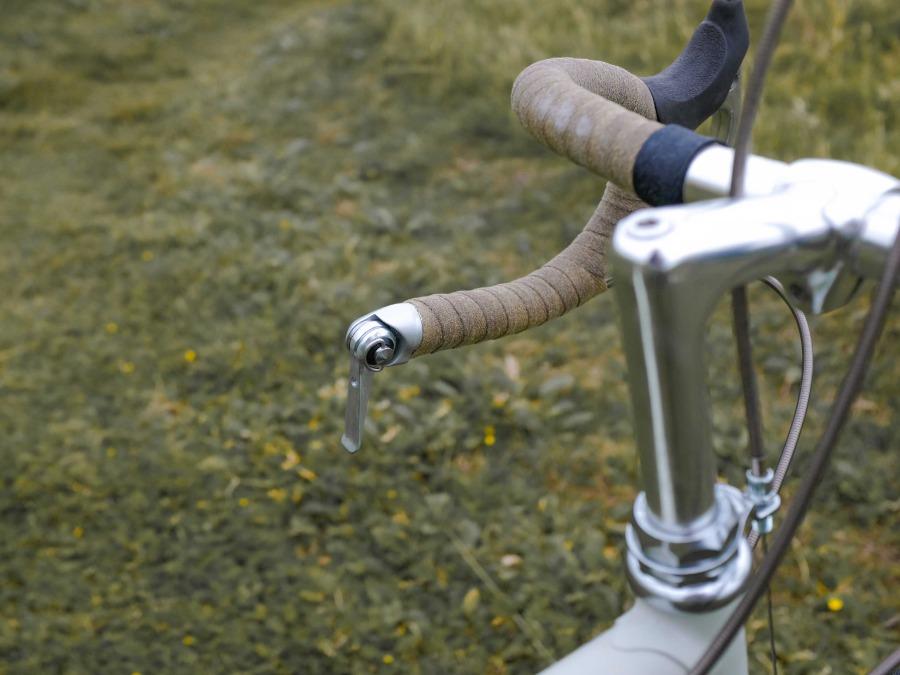
The world is richer now, populations are less debt-averse, and marketing is more cunning than ever. It seems unimaginably naive now, that manufacturers would once have only sold their customers a single bike, and told them that was the only bike they would need.
In 1973, Shimano released their first Dura Ace components - shifters that matched up with their Crane derailleurs. The Crane rear mech was offered in a Gran Sport long cage version, allowing users to run wide gear ranges, and large cogs up to 34T. It was replaced in 1977 by the first complete DA group, with which Shimano hoped to challenge the dominance in professional sport of Campagnolo components. The rear derailleur was offered in short-cage only, and shifted beautifully over the full range of a racing block - all the way up to a 26T cog. And so it remained for 26 years, through half a dozen iterations - variations on a theme with total singularity of purpose. Only in 2003, did Shimano eventually (and covertly) concede the point that the real market for their top-of-the-range group was not, in fact, the professional teams (they were just the marketers), but middle-aged enthusiasts enthusiastically filling their lycra on weekends and happy to spend their disposable incomes aping of the pro peloton, by releasing a GS version of the 7700 series derailleur, thereby once again making Dura Ace level shifting available to less-than-race-fit cyclists, and viable to be ridden at amateur speeds.
